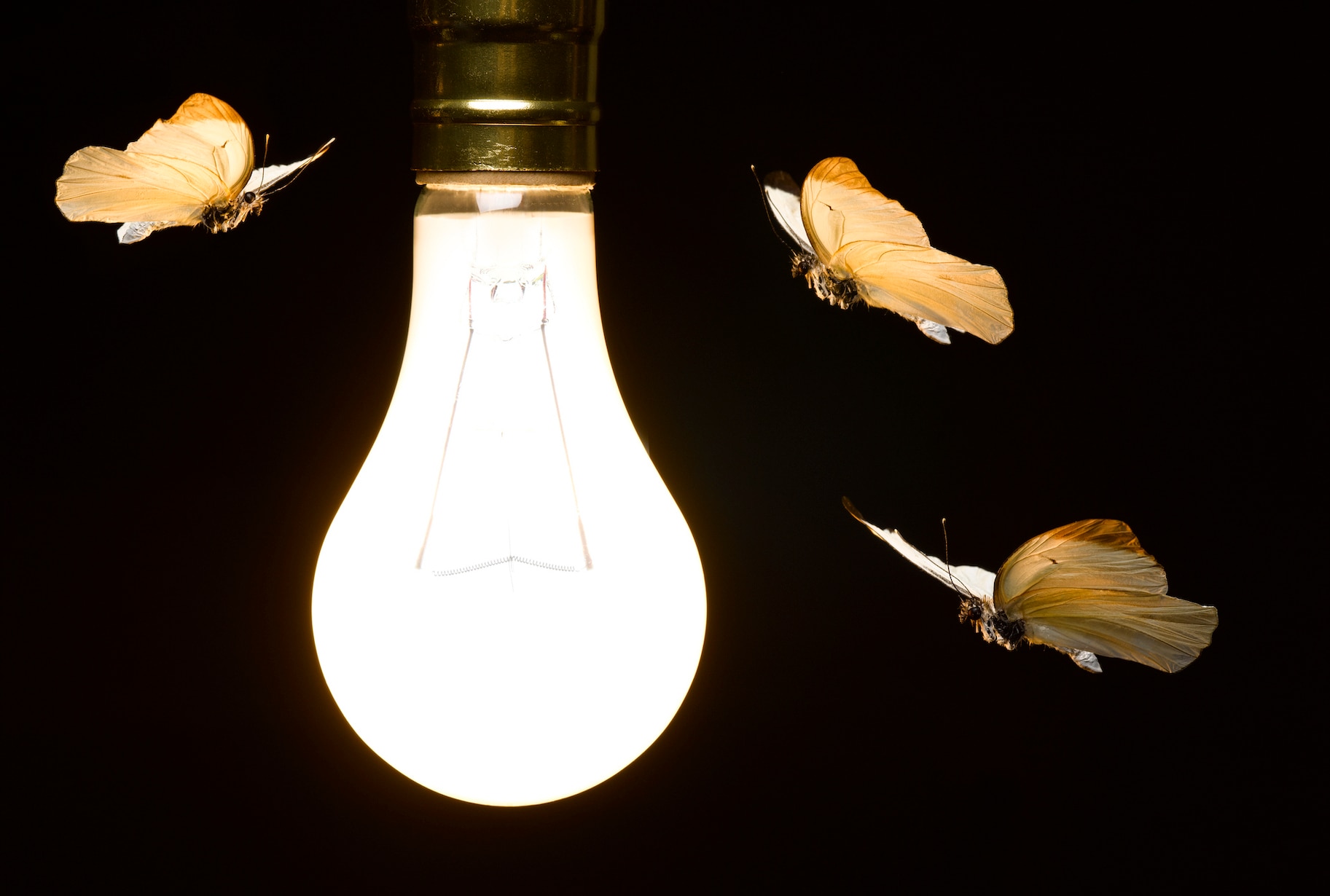Create a free profile to get unlimited access to exclusive videos, sweepstakes, and more!
Lightning bugs! Insect swarms produce as much electricity as rain clouds
Buzz buzz.

In the late 1800s, Thomas Edison and George Westinghouse were locked in a battle for what would become the United States’ electrical grid. Edison wanted a direct current grid while Westinghouse believed alternating current was superior. Both technologies have their pros and cons but the debate happened more in the court of public opinion than in the lab. Eventually, animals and people ended up dead, and the electric chair had been invented. The rivalry was so intense that it puts modern format and console wars to shame, and it almost insisted on being made into a movie. The story was brought to life in the 2017 historical drama The Current War.
Meanwhile, Nichola Tesla was thinking a little more broadly. He envisioned a world in which electricity was carried wirelessly over the air. He might have had the right idea, just the wrong material. Instead of Tesla coils, he could have tried a swarm of bees or other insects, according to a recent study published in the journal iScience.
The atmosphere is soaked through with electricity all the time, in varying amounts, even in areas devoid of thunderclouds. Scientists generally measure the electrical charge in a given area, a measure known as the Potential Gradient, by quantifying the difference in charge between the ground and a point one mile above the ground. The Potential Gradient in a given area changes all the time and was largely believed to be driven by geological and physical processes. Charge flowing out of thunderstorms in other parts of the world, cloud electrification, lightning, moisture content in the air, pollution, and several other factors are all contributors, but the combination of these factors doesn’t account for the charges we observe.
Scientists knew there must be other contributors, so they looked toward biological populations. Prior to this work, the contribution of biology to the Earth’s atmospheric electricity hadn’t been studied and the results are more significant than we might have suspected.
To find out, the team first modeled a hypothetical swarm of honeybees, using previously published data of the charge an individual bee carries. They then measured the impact of the swarm on the local electrical environment. This added confidence that swarms of sufficient size could contribute to the electrical landscape, but they couldn’t know for sure until they saw it for real.
As luck would have it, the University of Bristol has several bee hives which are maintained for on-site experiments. At the field site, researchers placed electrical sensors and measured the way the electrical field changed in the presence of insects. During the experiment a swarming event occurred, wherein a substantial portion of a hive’s population grouped together outside, and scientists were able to measure its impact on the air over the sensors.
They found that insects are able to change the electrical field in their local environment, not by a little, but by a lot. And the amount of charge is dependent on the size and density of the swarm. The calculated changes were on the order of 100 to 1,000 volts per meter, on par with meteorological events like thunder clouds. In fact, their calculations found that a swarm of locusts, which can number in the millions per square mile, could generate electrical charge exceeding those found in electrical storms.
Insects exist on every continent – even Antarctica which is famously inhospitable – and group together in massive swarms in the lower parts of the atmosphere. These results suggest that global insect populations contribute significantly to the Earth’s electrical landscape. There is electrical strength in numbers and insects have the numbers to dramatically change the world around them.
It remains unclear whether a butterfly flapping its wings could actually start a hurricane around the world, but enough of them flapping together might cause a lightning strike.


























